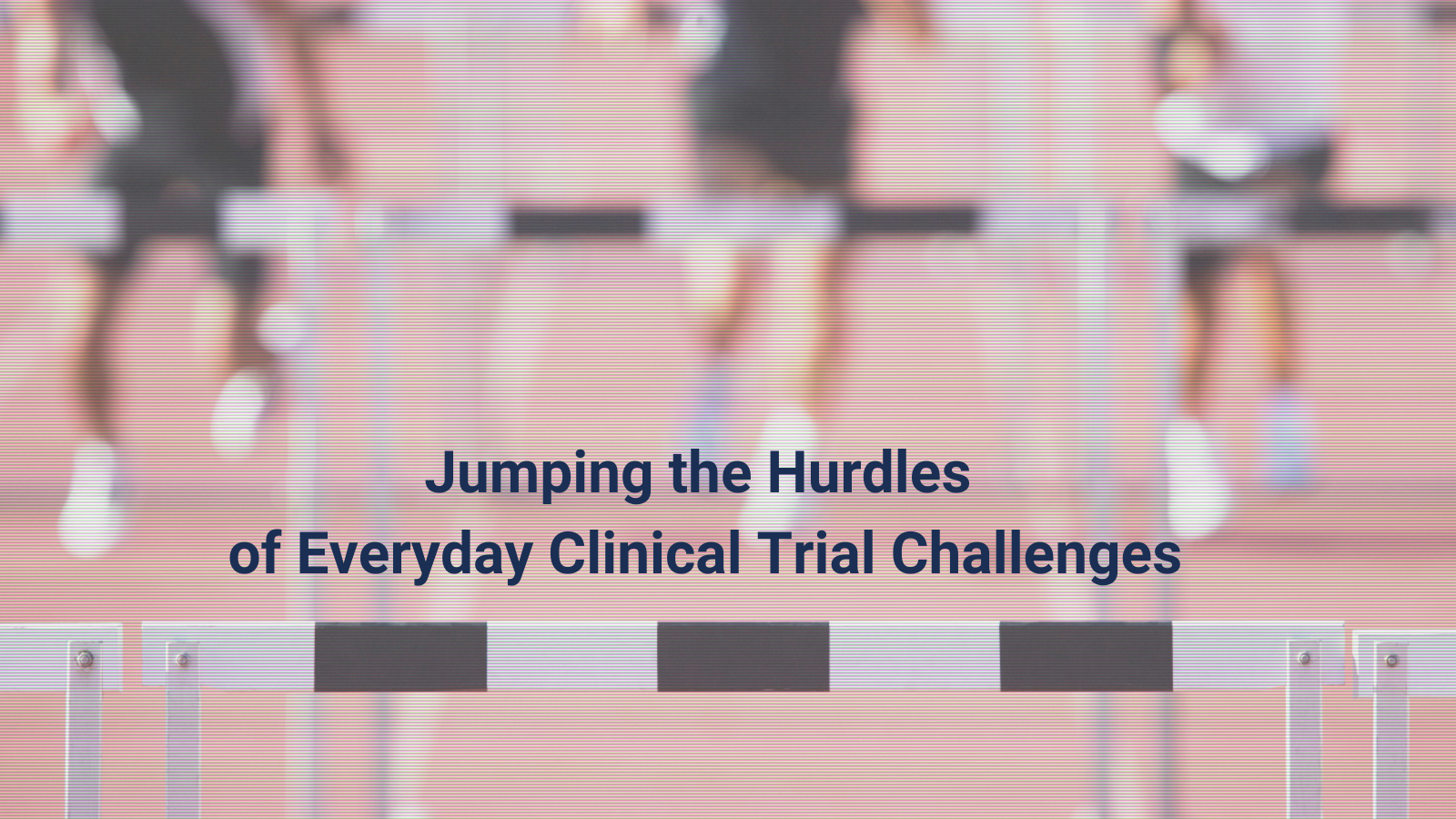Despite your team’s careful planning, unexpected road bumps can occur when a clinical trial is in the field. We hope none of these happen to you, but here’s how a nimble RTSM would help you handle these situations.
Someone left the package out in the heat!
Problem:
Your drug must always remain within a set temperature range. How are you going to ensure that Investigational Product that experiences a temperature deviation is not distributed to subjects?
Your packaging and transport vendor(s) will record temperature deviations that occur between the manufacturer and the clinical site. But what about the RTSM’s inventory tracking? How does it know to hold that drug? And what to do with it next?
Solution:
When the site receives the shipment, they will have to answer the question, “Did the shipment experience a temperature excursion?” before being able to proceed. If yes, Veeva’s RTSM gives you the power to make important decisions:
- You can specify which types of temperature excursions occurred (i.e., ambient, refrigerated, frozen, or all three).
- You can specify whether some or all of the kits in the shipment were affected.
- After reviewing the temperature excursion details, you can decide to reinstate a kit or a shipment and make it once again ‘available’ for assignment to subjects.
- Conversely, you can quarantine the kit or shipment after reviewing the deviation details. Quarantined kits will remain unavailable for assignment and will automatically be replaced in inventory in the next shipment.
- You can designate kits and shipments for destruction or for return to the warehouse.
In other words, the Veeva RTSM gives you the flexibility to meet real-life scenarios with real-life solutions.
A subject needs a drug hiatus
Problem:
Your study has a fairly complex drug titration pattern. In addition to multiple pre-planned titrations, subjects in your clinical trial can go up or down one dose level in the maintenance phase, based on medical assessment. If the subject has an unusual medical event intervene during the ‘dose escalation phase – for example, a hospital stay for an unrelated issue – the subject may either need to be discontinued from the trial or somehow be permitted a ‘drug vacation’ after which the system will permit return to a previous dose/visit level or movement to a new level. How to do this with an RTSM?
Solution:
Veeva’s RTSM includes a ‘drug hiatus’ functionality which permits a subject to maintain their regular visit schedule but take a break from drug assignment. At the end of the hiatus period, its length set by protocol or flexibly determined by medical assessment, subjects return to drug assignment, either at the previous dose level or at a new level.
Reporting Problems with Kits
Problem:
Despite the best laid plans, accidents happen when a clinical trial is in the field.
Examples:
- Kit 690, the study drug unit about to be assigned to Subject A, was run over by a delivery van and can’t be assigned.
- Subject B’s husband, trying to be helpful, stuck an ambient study drug into the fridge to keep it cool.
- Site 101 has a record of Kit 702 having been received but Site personnel can’t find it on the shelf.
- And the kit that was supposed to be given to Subject C was distributed to Subject D by mistake! What to do?
Solution:
With the Veeva RTSM platform managing your study drug distribution, these unexpected events are easily dealt with and documented.
Users select Report Problem from the Task Menu of the selected kit and with a single click, record the details of Damaged, Missing, Temperature Deviation, or Misadministered kit. The Inventory page automatically reflects changes in kit status.
Flexible functionality allows kit statuses to be modified yet again when problems are resolved, for instance when a missing kit is found, or a temperature deviation is determined to be within acceptable parameters. The inventory-control functionality of the RTSM system ensures you will always know the current status of each site’s inventory and the whereabouts of each individual kit in the study.
Returned Kits: When you need to count capsules, not just kits
Problem:
Your study’s protocol calls for the return of unused study drug to the clinical site at each visit when new drug is distributed. This drug accountability needs to be documented not merely at the container level, which is the only way your current RTSM allows, but at the capsule level as well. You need a quick and efficient way for each clinical site to document these returns throughout the study. How to do it?
Solution:
With the Veeva RTSM platform, drug accountability is easily managed.
A user chooses Return Kit from the Task Menu of the selected kit; and the system prompts the user to record the counts of the units Used and Returned. The system then determines if there are any units ‘unaccounted for’ in the kit.
Standard functionality guides the process with edit checks to make sure the counts entered are consistent with the amount of drug originally dispensed. The use of the RTSM to document drug returns ensures standardization of the drug accountability process across sites. And with our system’s capability for easy system configuration, the modification of return functionality to suit your protocol needs is achieved with limited impact on timelines.
Want to know more about our powerful standard offerings? Contact us.

